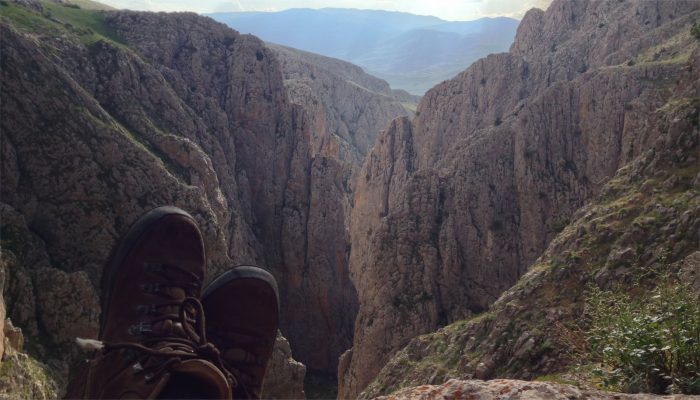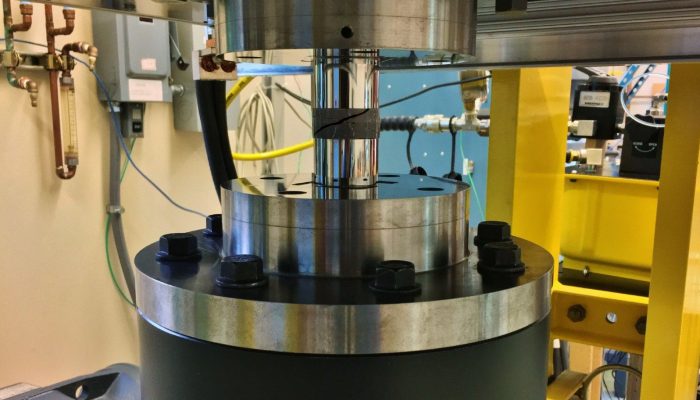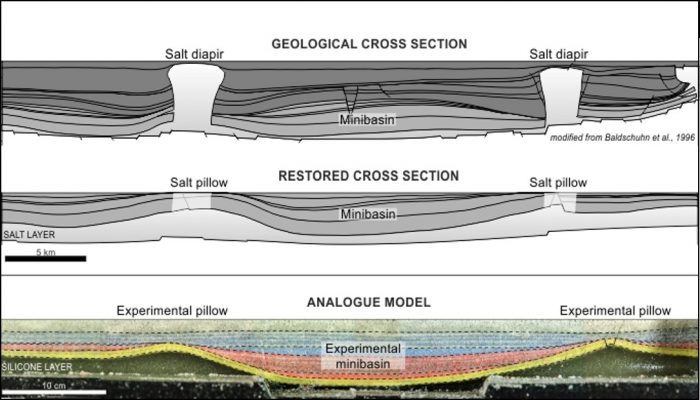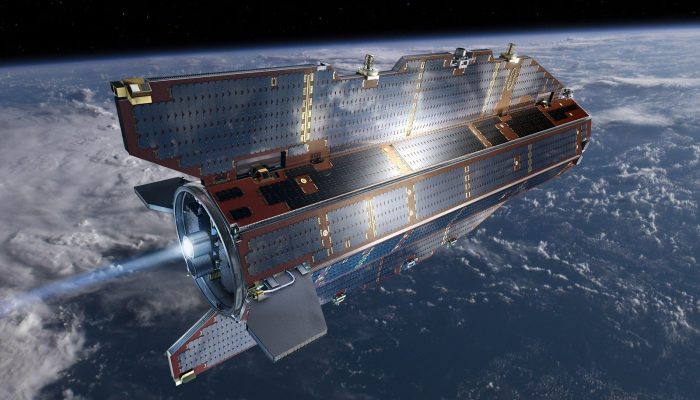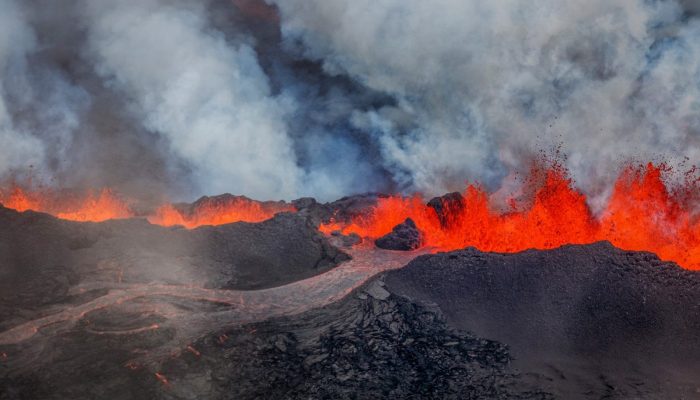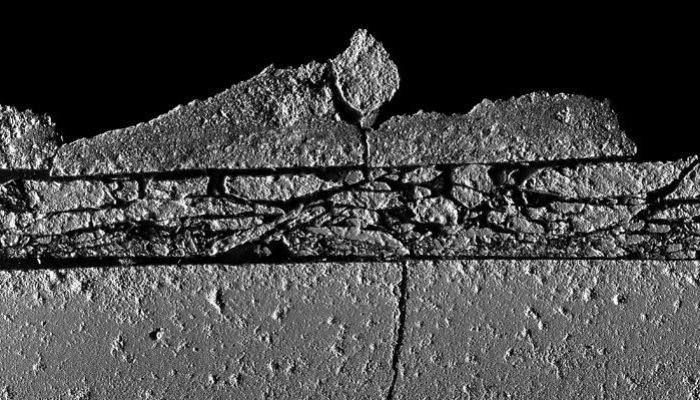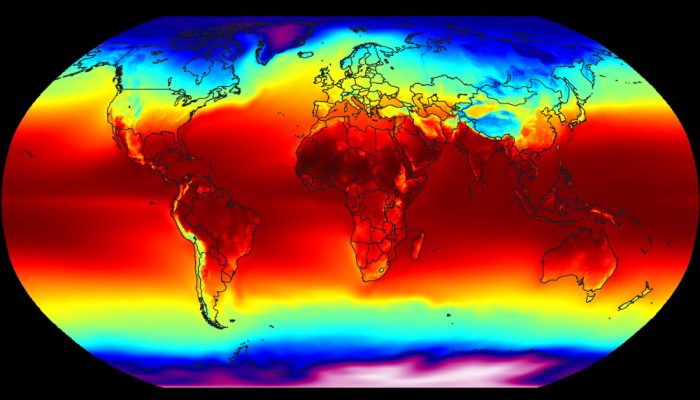Our next Minds over Methods article is written by Derya Gürer, who just finished a PhD at Utrecht University, the Netherlands. During her PhD, she used a combination of many methods to reconstruct the evolution of the Anadolu plate, which got almost entirely lost during closure of the Neotethys in Anatolia. Here, she explains how the use of these multiple methods helped her to obtain a 3D understa ...[Read More]
Minds over Methods: Making ultramylonites
“Summer break is over, which means we will continue with our Minds over Methods blogs! For this edition we invited Andrew Cross to write about his experiments with a new rock deformation device – the Large Volume Torsion (LVT) apparatus. Andrew is currently working as a Postdoctoral Research Associate in the Department of Earth and Planetary Sciences, Washington University in St. Louis, USA. ...[Read More]
Minds over Methods: Block modeling of Anatolia
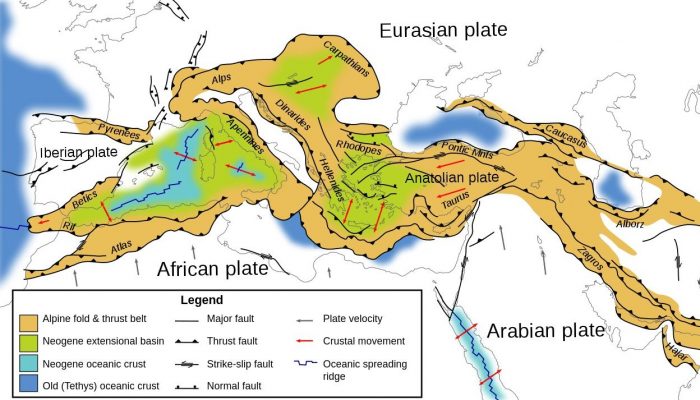
How can we use GPS velocities to learn more about present-day plate motions and regional deformation? In this edition of Minds over Methods, one of our own blogmasters Mehmet Köküm shares his former work with you! For his master thesis at Indiana University, he used block modeling to better understand the plate motion and slip rates of Anatolia and surrounding plates. Using block modeling t ...[Read More]
Minds over Methods: Reconstruction of salt tectonic features
What is the influence of salt tectonics on the evolution of sedimentary basins and how can we reconstruct such salt features? Michael Warsitzka, PhD student at the Friedrich Schiller University of Jena, explains which complementary methods he uses to better understand salt structures and their relation to sedimentary basins. Enjoy! Reconstruction of salt tectonic features from analogue mode ...[Read More]
Minds over Methods: Sensing Earth’s gravity from space
How can we learn more about the Earth’s interior by going into space? This edition of Minds over Methods discusses using satellite data to study the Earth’s lithospere. Anita Thea Saraswati, PhD student at the University of Montpellier, explains how information on the gravity of the Earth is obtained by satellites and how she uses this information to get to know more about the lithospe ...[Read More]
Minds over Methods: studying dike propagation in the lab
Have you ever thought of using gelatin in the lab to simulate the brittle-elastic properties of the Earth’s crust? Stefano Urbani, PhD student at the university Roma Tre (Italy), uses it for his analogue experiments, in which he studies the controlling factors on dike propagation in the Earth’s crust. Although we share this topic with our sister division ‘Geochemistry, Mineralogy ...[Read More]
Minds over Methods: Experimental earthquakes
After our first edition of Minds over Methods, which was about Numerical Modelling, we now move to Rock Experiments! How can rock experiments be used to study processes within the Earth? We invited Giacomo Pozzi, PhD student at Durham University, to explain us how he uses rock experiments to study fault behaviour during earthquakes. Experimental earthquakes to understand the weak behaviour ...[Read More]
Minds over Methods: Numerical modelling
Minds over Methods is the second category of our T&S blog and is created to give you some more insights in the various research methods used in tectonics and structural geology. As a numerical modeller you might wonder sometimes how analogue modellers scale their models to nature, or maybe you would like to know more about how people use the Earth’s magnetic field to study tectonic processes. ...[Read More]

